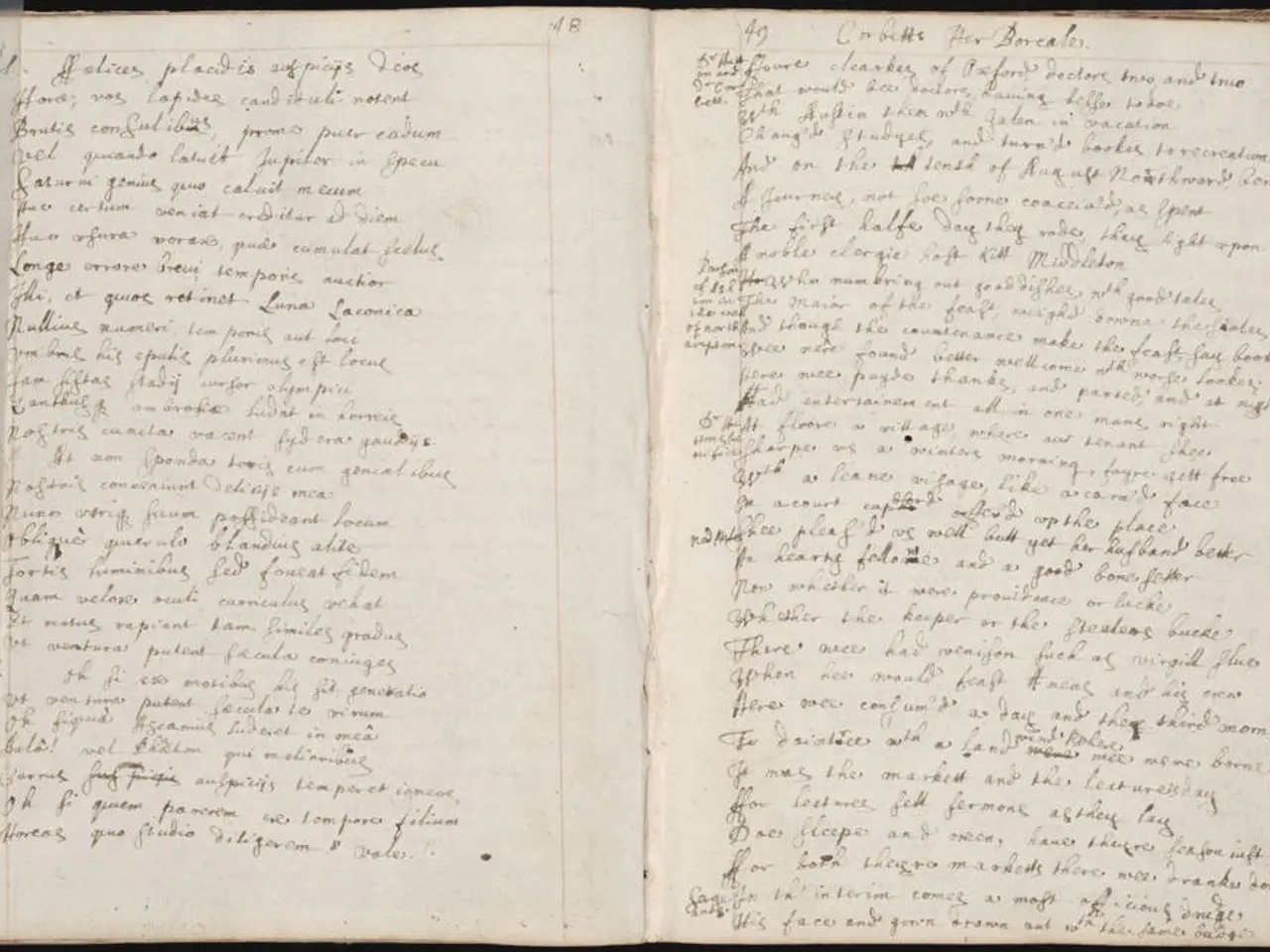The escalation of true-story biopic productions potentially curbs imagination in fictional storycrafting.
In the world of cinema, true-story biopics have become a significant force, enriching the cultural tapestry by preserving and humanizing real lives. These films resonate deeply with audiences who seek connection and inspiration, as they delve into the lives of iconic figures, their motivations, struggles, and legacies.
The demand for factual accuracy in biopics can, however, pose constraints on creative freedom. Dramatizing real lives involves choices that may serve clichés, infringe on privacy, or commodify people's vulnerabilities for entertainment. This tension between truth and creativity is a challenge that storytellers face when navigating the tightrope of accuracy and creative liberty.
Biographical films, such as Shine and Judy, illuminate universal artistic themes by turning individual life struggles into relatable narratives. For instance, Shine explores the delicate balance between genius and madness, while Judy offers a poignant portrayal of an iconic figure's struggle with personal demons. These films not only captivate audiences but also offer insights into real issues and inspire change, often overshadowing purely escapist narratives.
However, the surge in popularity of biopics raises questions about their impact on creative fictional storytelling. The proven success of biopics often means studios prioritize them over riskier, original screenplays. This focus on factual accuracy can restrict the boundless potential of creative storytelling, as the necessity to remain respectful and accurate might hinder more experimental or abstract narrative forms commonly found in purely fictional cinema.
Creating hybrid narratives that borrow elements from real events but are ultimately fictional offers the best of both worlds: the relatability of true stories and the boundless creativity of fiction. These narratives can reinvigorate the storytelling experience, making it both informative and entertaining. Writers can experiment with unconventional structures and perspectives, such as nonlinear timelines or multiple viewpoints, to reinvigorate the narrative flow.
Infusing the narrative with unique perspectives, innovative plot twists, and visually stunning elements captivates and enthralls. A harmonious blend of factual accuracy and creative liberties enriches the storytelling experience, ensuring that the essence of cinematic magic – the ability to transport viewers to realms beyond the ordinary – is not lost in the pursuit of historical and factual integrity.
In conclusion, biographical films contribute to cinema’s cultural richness by deepening our connection to real stories and figures. However, their ethical demands and factual boundaries sometimes constrain the creative liberties filmmakers might otherwise explore in wholly fictional storytelling. The relationship between biopics and creative fiction is thus one of interplay rather than opposition. As filmmakers continue to push the boundaries of storytelling, it will be fascinating to see how this interplay evolves in the future.
- The versatile filmmaker, seeking to create a captivating narrative, might consider blending elements of fact and fiction for a more engaging story.
- Hybrid narratives, combining the authenticity of real events with the innovation of fictional storytelling, can offer a unique lifestyle perspective in home-and-garden, movies-and-tv, and entertainment media.
- In a sustainable-living studio, a filmmaker works on a screenplay that explores complex genres like animation, indie, and cinema, crafting a harmonious blend of factual accuracy and creative liberties.
- A director, aspiring to create an impactful film that resonates with audiences, juggles the demands of historical accuracy with the need for innovative plot twists and visually stunning elements.
- The cinematic festival, showcasing an array of films, from biopics to purely fictional narratives, embraces the interplay between truth and creativity, making it a vibrant gatherings for film enthusiasts and industry professionals alike.
- The surging popularity of biopics has prompted questions about their influence on creative storytelling, as original screenplays often take a backseat in favor of more financially viable genres like biographical films.
- By infusing narratives with unique perspectives, unconventional structures, and visually breathtaking elements derived from real-life events, filmmakers can challenge clichés and enrich the storytelling lifestyle, ensuring the magic of cinema remains ever-evolving.






